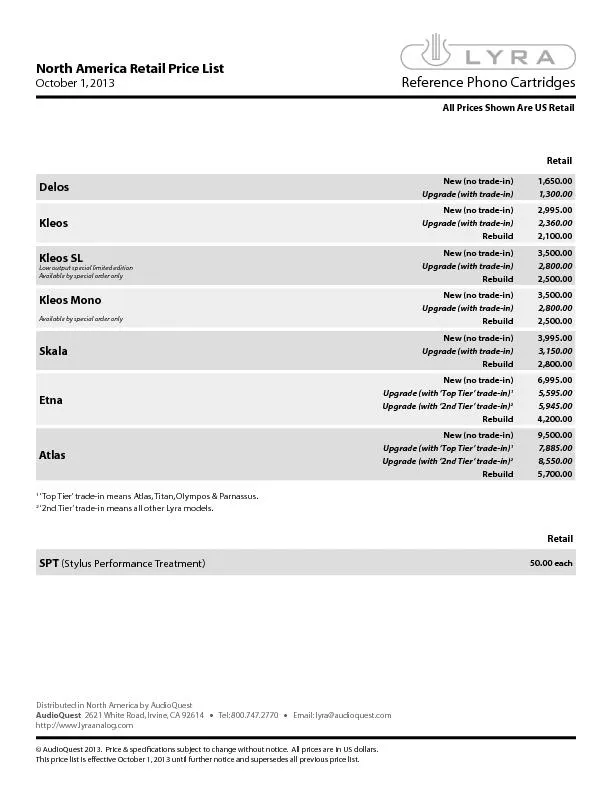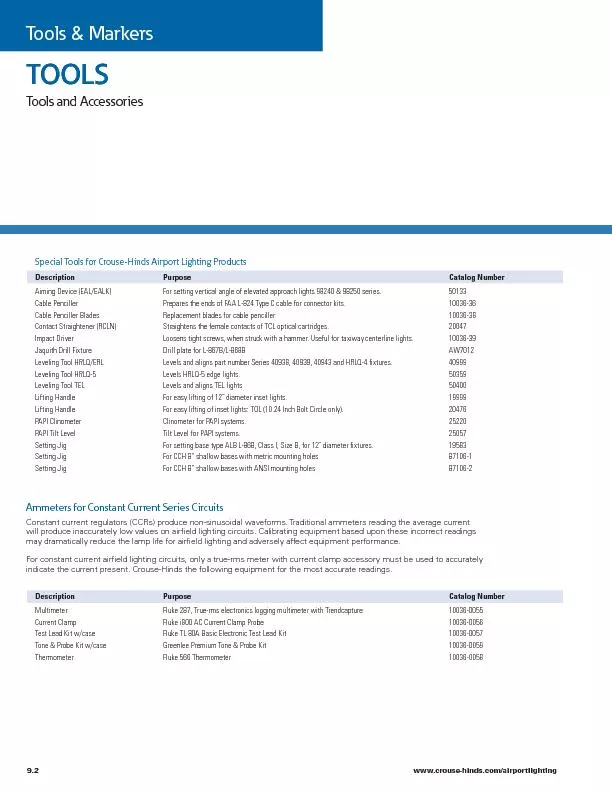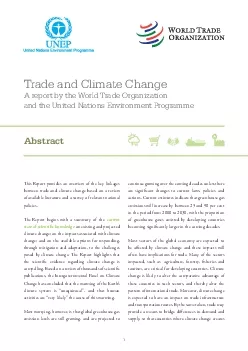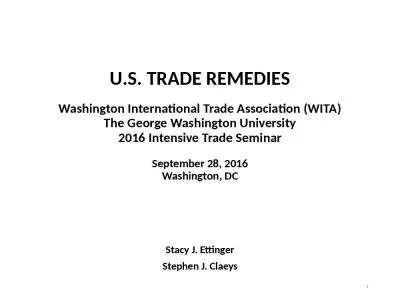PDF-Tools of the Trade
Author : dandy | Published Date : 2022-08-16
ics Clarified Utilizing information collected from the certificate of live birth the Department of Health can develop programs to better address Pennsylvania146s
Presentation Embed Code
Download Presentation
Download Presentation The PPT/PDF document "Tools of the Trade" is the property of its rightful owner. Permission is granted to download and print the materials on this website for personal, non-commercial use only, and to display it on your personal computer provided you do not modify the materials and that you retain all copyright notices contained in the materials. By downloading content from our website, you accept the terms of this agreement.
Tools of the Trade: Transcript
Download Rules Of Document
"Tools of the Trade"The content belongs to its owner. You may download and print it for personal use, without modification, and keep all copyright notices. By downloading, you agree to these terms.
Related Documents














